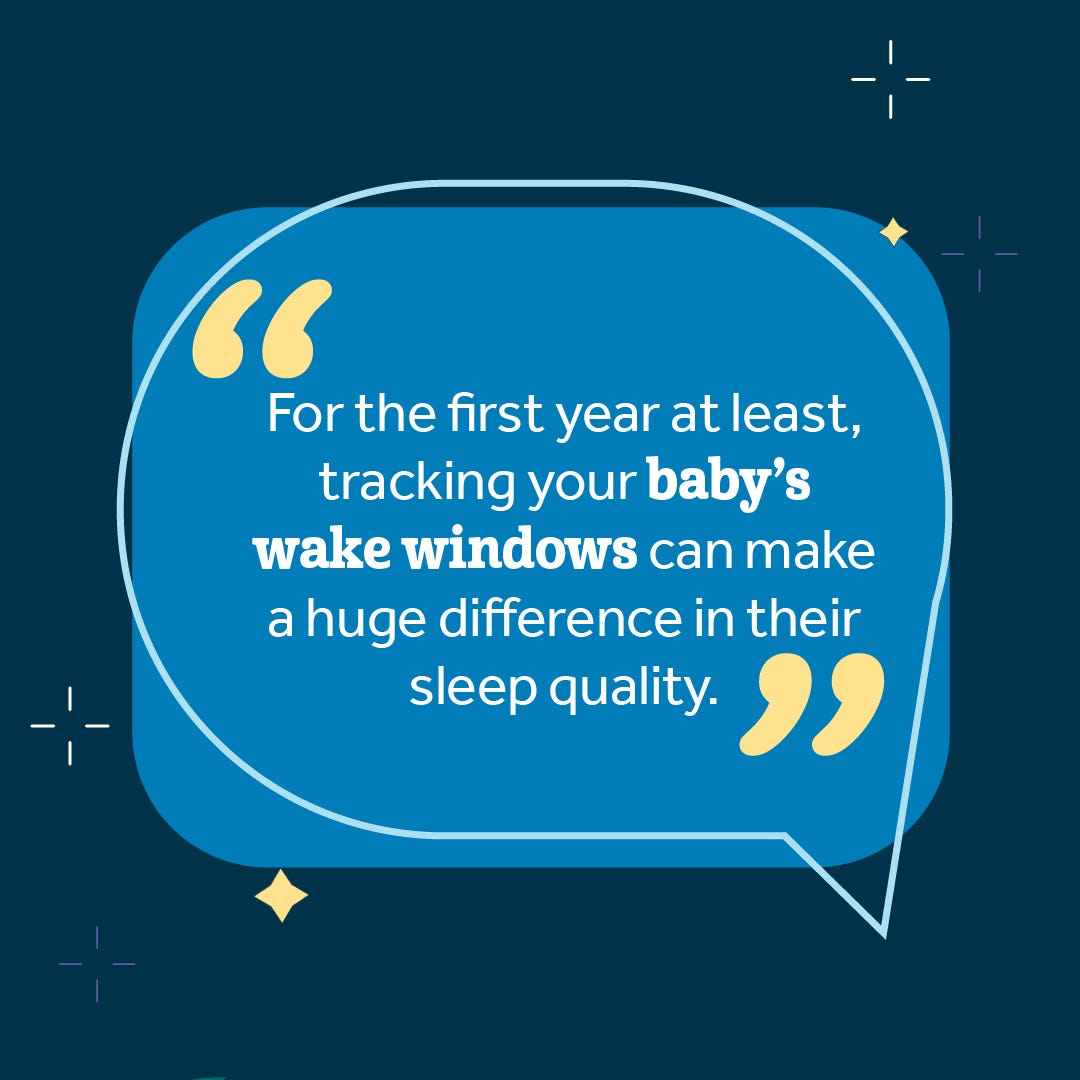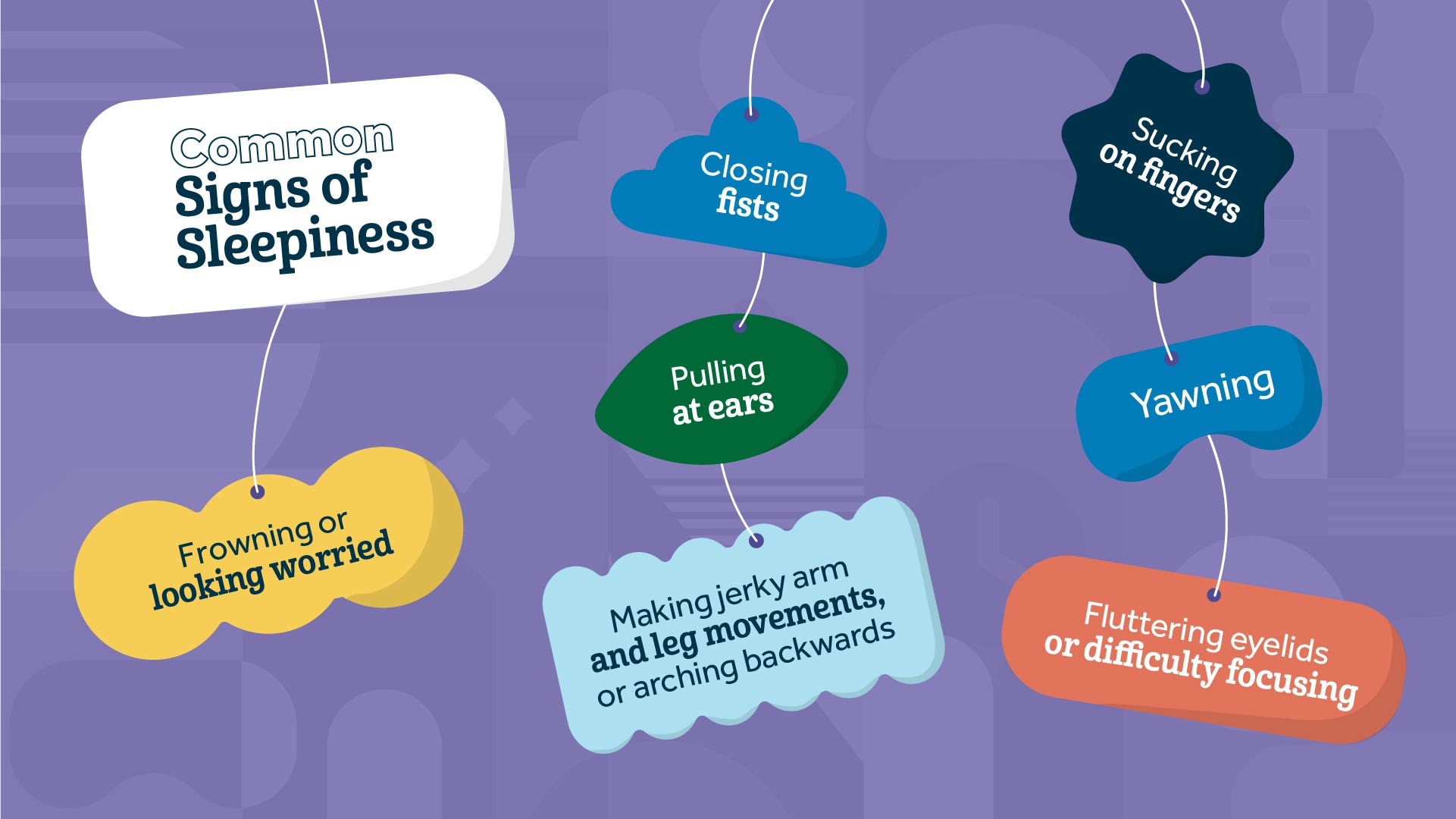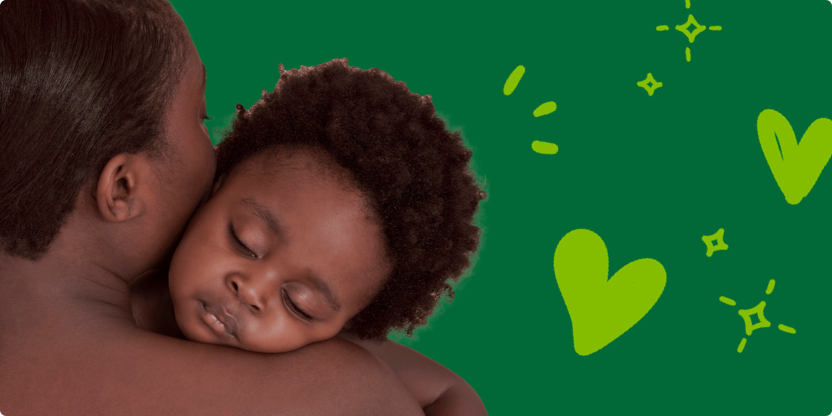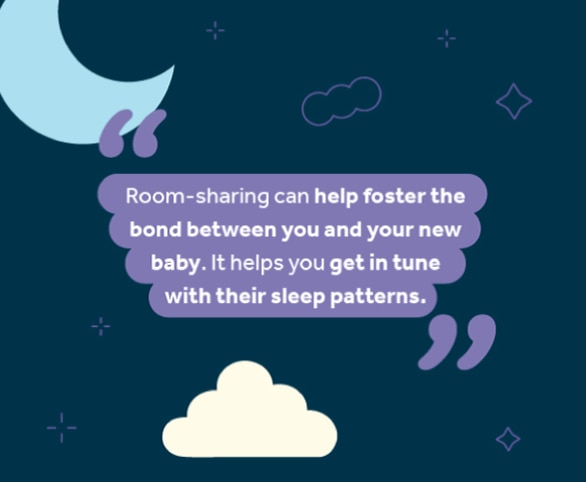As you probably know by now, babies don't run on adult schedules. They tend to march to the rhythm of their own drum, especially when it comes to sleep. For about the first six months, baby’s sleep may be all over the place. They’ll wake up, go to sleep, and wake up again—with no regard whatsoever for how that affects your day or night!
Rest assured, it’s not part of a coordinated plan to drive you crazy (although it may feel that way at times). Indeed, it’s not only normal, it’s an important part of their development. "They're not robots," says MyGerber Baby Expert, Christina Gantcher. "Many of us wish our babies had predictable sleep routines, but those take time to develop."
As babies develop, their sleep needs and patterns will change. Staying on top of their sleep patterns and "wake windows" can help ensure that baby is getting the rest they need. "Cranky, overtired babies make life miserable for parents," says Christina. "Being well rested, you tend to be the best person you can be, whether you're three months or 30 years old."

"Being well rested, you tend to be the best person you can be, whether you're three months or 30 years old."
What Are "Wake Windows," and Do They Change?
A wake window is just what it sounds like: the amount of time your baby is awake between sleeps.
These windows can vary significantly depending on a multitude of factors like age, developmental milestones, and the normal quirks that make us each individuals. Therefore, paying attention to baby's wake windows is less about adhering to a strict schedule and more about being attentive to their need for rest.
"So many parents I talk to say, 'Can you give me a schedule? Can you tell me exactly what to do?' And the truth is, I can, but it may not be useful for that particular baby and parent," says Christina. "If you're giving your baby the opportunity [to sleep], you're doing everything you can."
How To Ensure Proper Rest for Baby
If baby is awake for too long, they can become overtired and have trouble calming down for naptime or bedtime. On the other hand, if baby is awake for too short of a time between sleeps, they might not be ready for naps or will only take a short catnap.
Getting the proper balance is all about being attentive to your baby's signs of sleepiness.
"Watch the baby and their cues and understand their temperament," says Christina. "Personality and temperament really play a big role. The hardest part for new parents is figuring out who that baby is because they don't know. It's total on-the-job training."

Common Signs of Sleepiness
- Pulling at ears
- Closing fists
- Yawning
- Fluttering eyelids or difficulty focusing
- Making jerky arm and leg movements, or arching backwards
- Frowning or looking worried
- Sucking on fingers
It’s important to remember, though, that babies will not always show visible signs of sleepiness, even when they need rest. That’s where (relatively) consistent naptime schedules come in handy. Baby could seem energetic and raring to go, but that doesn’t necessarily mean they don't need a nap. "You may need to take a step back and say, 'Hey buddy, you're going to get overtired. I'm going to take you into that dark, quiet room.' And that's when you see the first yawn."
Remember, These Are Guides to Help — Not Rules to Follow
Above all, know that every baby is different, and every baby's sleep needs can vary from day to day. You won’t always hit precise windows for sleep and waketime, and that’s okay. Parenting is a complex art, not a rigid science. Above all, your job is to pay attention to the signs baby is giving you and do your best to set them up for sleep success.






